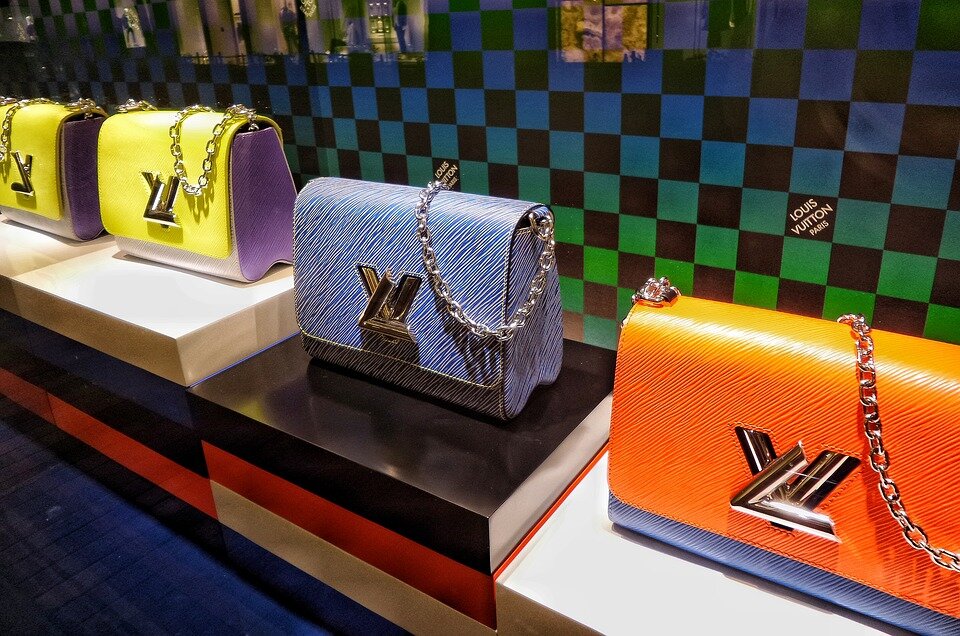The New Face of High-End Consumption: How Millennials and Generation Z Are Stimulating Growth in the Luxury Goods Market
Today’s society places extreme value on self-image. From Instagram to YouTube, the global presence of social media gives images more power than ever before. This phenomenon provides reason to a resurgence in the luxury market, whose consumer base is historically concerned with status maintenance. According to Bain & Company, in 2018, Millennials and Generation Z contributed 100% to total luxury market growth, compared with 85% in 2017, meaning that these two generations are the only ones contributing growth to an otherwise stagnant market. While older generations are purchasing a similar number of luxury goods year after year, Millennial and Generation Z consumers are purchasing an increasing amount. These numbers clearly demonstrate increased interest, but what specifically created such significant growth?
While certain aspects of luxury, such as its perceived quality and exclusivity, transcend generations, unique factors exist that drive Millennials and Generation Z towards purveyors of luxury clothing and lifestyle goods. Specifically, the idea of luxury shopping as a means of self-care is one that resonates with the young consumer. The media has extensively covered the Millennial and Generation Z obsession with self-care, namely in the form of expensive coffee and avocado toast, but also in memorable experiences. Luxury goods remain some of the only retailers that still perform well with brick and mortar stores, which speaks to the importance of the tactile experience when it comes to high-end purchases. By placing high-end goods in the same mental category as other, less-expensive modes of self-care, consumers are more likely to spend with fewer reservations.
In addition to the retail therapy aspect, Generation Z consumers, in particular, tend to use luxury purchases as a means of expressing individualism. While Generation Z shoppers express minimal brand loyalty, they are more logo-driven than their Millennial counterparts, highlighting the concept of clothing as a means of self-branding. Young consumers use the legacies associated with these luxury brands to portray a certain self-image. For example, while brands such as Off-White are associated with streetwear and newer modes of fashion, others such as Burberry carry a more traditional connotation. In a 2017 profile report on the young luxury shopper, Deloitte summarized the phenomenon succinctly with the statement, “luxury spending is focused on the self”.
When examining demand, two factors emerge: a customer must not only be willing to purchase a good, they must also have sufficient capital to pay for the good. Therefore, the demand for luxury goods stemming from Millennials and Generation Z consumers raises the question, how do these groups afford high-end products? A point to contend with is the idea that luxury is a consumer category reserved almost exclusively for the wealthy. As a matter of fact, according to Deloitte, in 2020, more than 50% of luxury consumers will be considered middle class. This speaks to the Millennial and Generation Z condition: they are not consumers with objectively more disposable income than previous generations. In fact, the media frequently refers to Millennials as a debt obsessed generation. The explanation for Millennial and Generation Z spending on luxury goods stems from the fact that these groups are simply more willing to spontaneously part with their money in the name of self-indulgence than their predecessors. Even compared to older Millennials, nearly 60% of Generation Z respondents to an Accenture survey say they made a purchase merely because they wanted to buy something, or because an item caught their eye. This suggests an escalating pattern of buying habits in which each successive generation is increasingly more nonchalant with their consumption.
This growth in Millennial and Generation Z spending on luxury goods is not merely a theoretical phenomenon limited to consulting reports and esoteric publications. Producers of luxury goods indicate an increasing awareness of the real-life implications of Millennial and Generation Z spending habits in the way that they advertise their goods and services. If luxury brands want to remain relevant and maximize profits they must follow the source of the influx in demand and start pivoting towards their next great consumer base. By 2025, Generation Z and Millennials will represent nearly 55% of the market and produce 130% of market growth from 2018 to 2025.
Louis Vuitton, the most valuable luxury brand of 2019, demonstrated an understanding of the changing demand for luxury goods by inviting teenage YouTube star Emma Chamberlain to their Spring 2020 fashion show in Paris. Upon first glance, this choice of guest seems uncharacteristic for the hallowed fashion house. However, this decision presents a calculated marketing approach to expand their visibility to the increasingly influential Generation Z consumers. The company may be looking towards Generation Z consumers to produce the same kind of growth and social popularity for Louis Vuitton that Millennials produced for Gucci. Speculation aside, it is clear that brands are thinking ahead to capture the attention and wallets of a new demographic of customers, as the face of luxury consumption grows ever younger.

